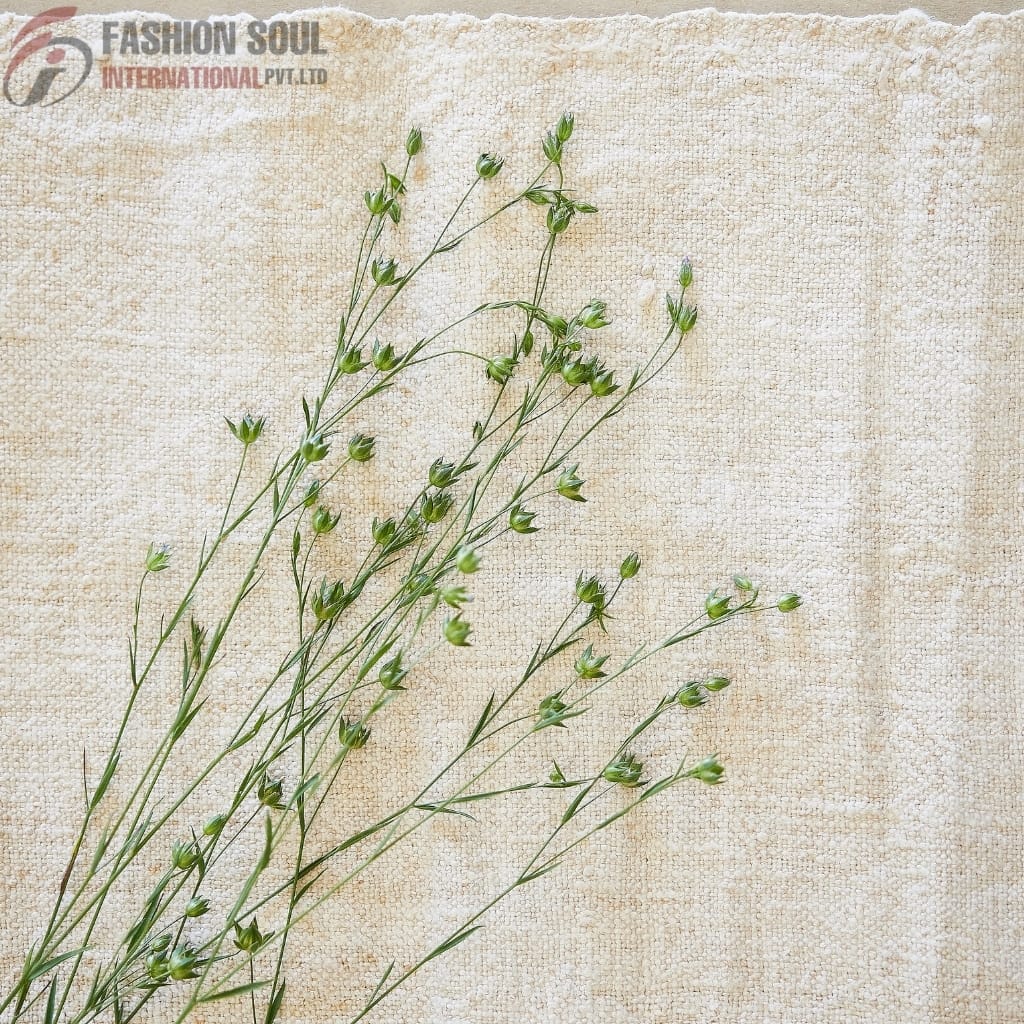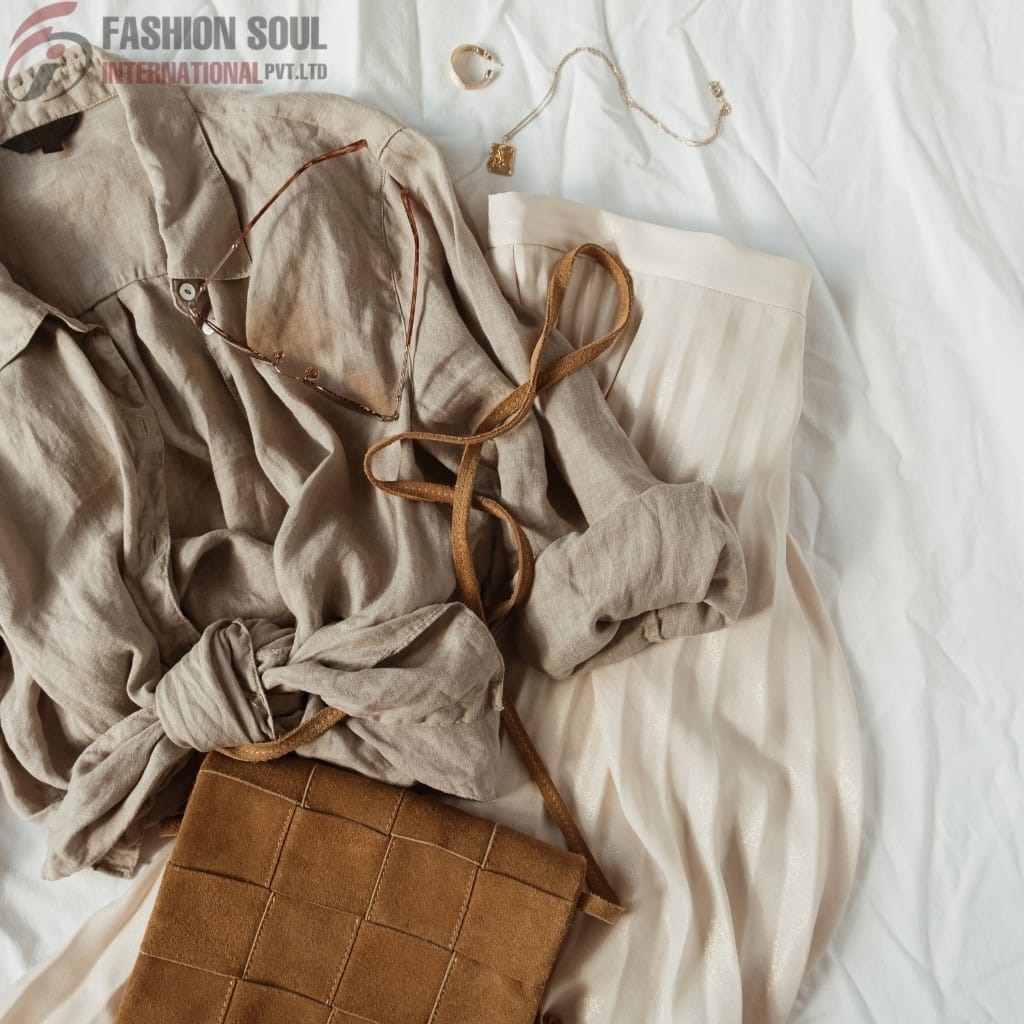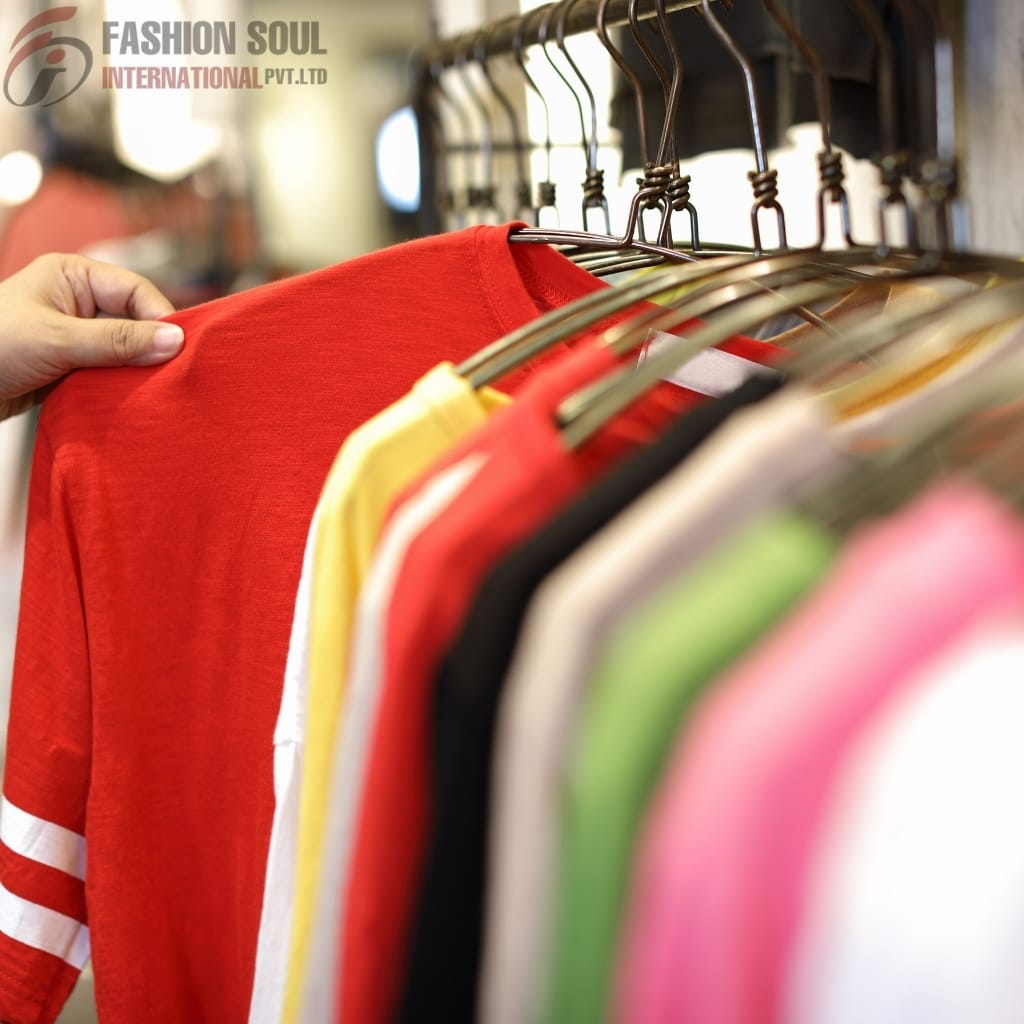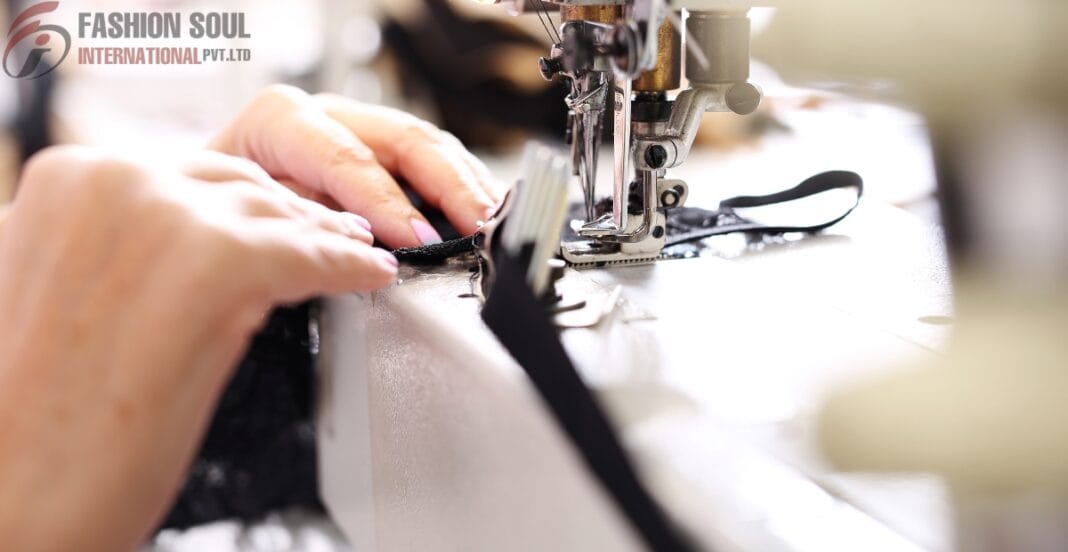Introduction: Fabric Makers Rising to the Fashion Challenge
By 2025, the world’s wardrobes hinge on the skill of apparel fabric makers. These builders of textiles have grown beyond suppliers; they are the quiet brains behind smarter, greener, and more exciting clothes. No longer do they merely roll out materials; they dictate texture, color, and hidden tech in every stitch, from budget labels to luxury houses. As shoppers demand planet-friendly choices, high-performance finishes, and lightning-fast delivery, fabric makers are the ones spinning change. From labs to runways, textiles have revolutionized style, proving the future of fashion begins with fabric.
Table of contents
Sustainable Fabric Production: How Smart Makers Are Changing Fashion for Good
Sustainable fabrics are driving the fashion industry, with manufacturers leading the way. By 2025, consumers will expect eco-friendly clothing, and fabric producers are innovating with sustainable practices. They’re utilizing materials like organic cotton, bamboo, hemp, and TENCEL, cultivated and processed with environmental consciousness. Closed-loop systems minimize water usage and recycle waste into new materials, significantly reducing pollution. Brands are partnering with these forward-thinking suppliers to offer stylish and environmentally responsible apparel.

Smart Textiles: Apparel Fabric Makers Leading the Tech Revolution
By 2025, apparel fabric makers are poised to revolutionize clothing with smart textiles. These innovative materials will regulate temperature, respond to body heat, repel sweat, and even change color. New fabrics incorporating nanotechnology and sensors will monitor biometrics, enhancing both activewear and wellness fashion. These advancements transform simple garments into responsive, multifunctional pieces.parel fabric makers the driving force behind a smart, functional future of fashion.
Luxury Labels Seek Next-Gen Fabric Makers to Stay Ahead of 2025
Luxury fashion houses are increasingly teaming up with cutting-edge fabric makers to stay chic and relevant in 2025. These innovators produce soft, high-performance textiles that thrill the most selective shoppers. Think new-generation silk substitutes, biodegradable vegan leathers, and smart-engineered linens that tick both the eco and luxury boxes. They stay crease-free, breathe beautifully, and fall in the most flattering ways. This means couturiers can create gorgeous silhouettes without sacrificing planet-care. The fabric makers also offer bespoke, small-batch runs, cutting down leftover material and ensuring each piece feels one-of-a-kind. In this way, the scene is rewriting the past rules that luxury can’t be both visionary and ethically smart.
Quick-Response Makers Keep Speedy Labels in the Green
Fast fashion, often in hot water for its waste, is finding its way forward thanks to quick-thinking fabric makers who master speed and responsibility. In 2025, these suppliers use AI to read the style crystal ball, ordering only what’s really needed. Digital sketching and 3-D tools slice the design loop so less fabric is ever cut. Automated cutting and digital printing slash dye waste and power use, so the rainbow of trend-colour tees is kinder to the earth. The fabrics are versatile, low-impact, and made to jump from concept to cart in days. With shoppers and regulators watching, these agile mills help the quick-turn sector stay profitable without losing its planet-pass.
Circular Fashion Supported by Leading Apparel Fabric Makers
Starting in 2025, circularity moves from idea to action as major fabric makers rethink the entire life of a garment. Rather than sending clothes to the dump, they collect worn items, break them into tiny bits, and transform them into brand-new fibers. Take polyester: once a t-shirt, it’s sent to a plant, chopped into monomers, and spun back into yarn that’s as fresh as the day it rolled off the shelf. Regenerated fabrics like lyocell and modal are also getting greener; the mill refines the pulp and reuses the solvent, allowing the same material to circle back into new clothes. Fabric makers are teaming up with brands to set up take-back programs and closed-loop refineries. Shoppers are paying attention to what happens to clothing after it leaves the rack. With every circle completed, manufacturers firmly position themselves as guardians of a more sustainable and responsible fashion future.

Digitally Enabled Fabric Makers Lead in Speed and Precision
Digital tools take the spotlight in 2025, pushing fabric manufacturers to move faster and more accurately than ever. AI crunches the numbers; machine learning fine-tunes processes; and blockchain records every move. Virtual prototypes mean fewer swatches hit the sample room, shaving weeks off the calendar. Digital printers mix colors as the roll moves, so designers can swap patterns on the fly and leave a smaller waste footprint. Blockchain tags every fiber so brands and shoppers can trace its journey from farm to factory and check its eco-labels in real time. Manufacturers who ride the digital wave trim costs, cut lead times, and arm brands with the facts they need to win over consumers.
Smart Fabric Makers Bring Apparel Production Closer to Home
Not long ago, making fabric for clothes meant stretching supply chains over oceans and continents. Fast forward to 2025 and forward-thinking fabric mills are pulling much of that production back into regional hubs. The result? Shorter shipping routes, smaller carbon footprints, and stronger local economies. By setting up shop near the very cities that drive fashion, these mills can turn around orders faster, cut freight emissions, and stay ahead of shifting trends. Clients enjoy instant samples, tailored fabrics, and open design conversations, while the mills tap into the same talent and fashion culture that sparked the original idea. The combination of faster service, kinder planet, and stronger community ties gives today’s local mills both an ethical edge and a savvy business model, quietly rewriting the playbook for an industry that still dresses the globe.
Apparel Fabric Makers Power Up Inclusive Fashion for 2025 and Beyond
In 2025, inclusivity becomes a must, and fabric manufacturers are stepping up to give adaptive fashion a serious boost. These companies are developing textiles that welcome every body, every movement, and every sensory preference. Smooth seamless knits fend off irritation for skin that’s easily bothered, while flexible stretch fabrics hug and move with all sorts of shapes. Working side by side with designers, manufacturers are spinning up clothes that are gender-neutral and truly easy to wear. They layer in adjustable weaves, hidden fasteners, and moisture-wicking zones to keep every wearer cool and comfy. This focus on thoughtful design shifts fabric from a simple background to a powerful partner in fostering dignity and equal to wear. By championing inclusivity, manufacturers are sewing the next chapter of fashion’s social evolution.

Performance Wear Elevated by Technical Fabric Innovators
By 2025, performance wear is hitting a new peak thanks to fabric experts who engineer textiles that keep pace with active lives—whether on the track, the trail, or the street. These innovators weave magic into every yard, embedding moisture-fighting, odor-busting yarns, stretchy fibers that never quit, sun-blocking layers, and waterproof membranes that breathe. The result is gear that slides effortless from the boardroom to the bench press, or the bike lane. At the same time, bold investment in recycled performance fibers chips away at the need for brand-new plastics, proving that durability and eco-smarts can go hand in hand. For brands that want to own the conversation, this blend of toughness, planet-friendliness, and everyday comfort is the new edge on the competition.
Final thought: The Next Big Play for Textile Makers
Biofabrication is rewriting the playbook, and the same fabric experts are on the leading edge. By 2025, they’ll be growing fibers from mycelium under controlled conditions, spinning lab-grown silk that feels like a dream, and harvesting cellulosic threads that come from sustainably cultivated feedstocks. These living materials can be tweaked to deliver the exact weight, breathability, and stretch that a designer dreams of. The impact is twofold: garments that slide on like a second skin and a manufacturing footprint that shrinks with every yard produced. For tomorrow’s performance wear, the race to the next-generation fabric is already on, and the finish line is a closet that feels lighter on both the body and the planet.
FAQs:
Apparel fabric manufacturers lead fashion innovation through smart textiles, sustainable practices, and tech-powered solutions. They create materials that enhance design, comfort, and performance for modern brands and consumers alike.
In 2025, apparel fabric manufacturers use recycled fibers, organic materials, and waterless dyeing systems. They reduce environmental impact while meeting fashion’s growing demand for eco-conscious production methods.
Apparel fabric manufacturers now offer temperature-regulating, moisture-wicking, and sensor-enabled smart textiles. These fabrics improve functionality for everyday wear, sportswear, and medical garments.


